The 10 Best Open Source Products Of 2012
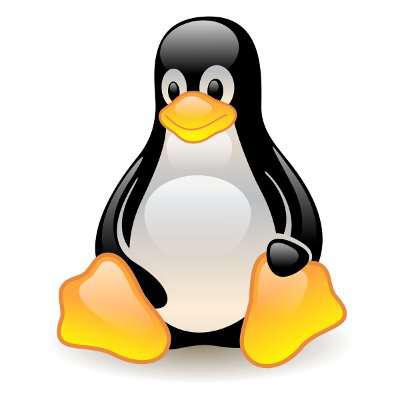
Open Source: Open Minds Open Doors
Software is and will continue to be the great differentiator. A company that masters software will one day master the market. More and more companies today have come to the realization that by leveraging open source software, they also can leverage development talent in greater numbers than they could ever hope to afford on salary. Open source communities continue to build great products. Here are 10 open source standouts from 2012.
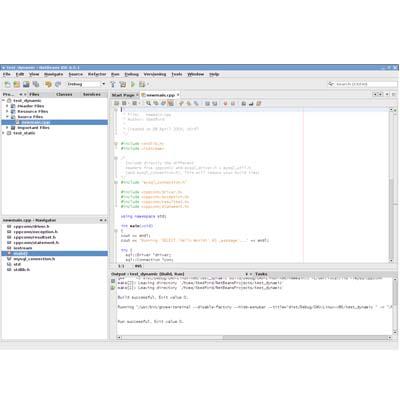
10. MySQL 5.6
In beta at this time last year, MySQL 5.6 could be ready for release by the time you read this. At OracleWorld in September, Oracle announced a release candidate of MySQL 5.6, the world's most popular open source database. According to developers, the release will deliver faster performance and will be more scalable, reliable and manageable to keep pace with the exponential rate of data worldwide.

9. OpenStack
Just two short years in existence, OpenStack has already made quite a name for itself. The open source cloud deployment stack shepherded by NASA and Rackspace is used by Cisco, Dell, HP, IBM and Intel, and it now enjoys more than 150 partner companies. The effort enjoyed a major software release this year (more on that later) and continues its runaway lead from the top three competitors CloudStack, OpenNebula and Eucalyptus.

8. Ubuntu One For Mac
Ubuntu has released a beta of Ubuntu for Mac, a version of Canonical's free cloud storage and sync tool that works with Apple's Mac OS X 10.6 and higher. Ubuntu One provides 25 GB of free cloud storage and a point-and-click interface for backing up files, synchronizing and accessing files, photos and music from other computers and devices anywhere there's a Web connection.
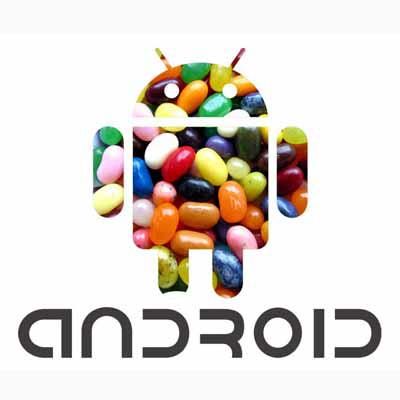
7. Android 4.1 Jelly Bean
With major performance improvements under its belt since late 2011, Android Ice Cream Sandwich had already done much of the heavy lifting for its delicious successor. But Android 4.1 Jelly Bean didn't disappoint, and it is the fastest and sleekest version yet. Speed improvements are seen throughout, including in switching orientation and recent apps, faster frame rates, and a more active role when adjusting processor speed for performance vs. power efficiency.

6. Chrome For Android, Chrome For iOS
Google took some flak in February (and since) when the first beta of Chrome for Android showed signs of instability. It has made steady improvements since then, and people using the desktop versions will enjoy seeing their bookmarks and history seamlessly appear on their smartphone running Android 4.0 and higher when they're on the road. But like any good open source developer, Google still maintains a list of known issues.
Meanwhile, the App Store in June became host to Chrome for iOS, a version of Google's browser for iPad, iPhone and iPod Touch devices running iOS version 4.3 or higher. According to App Store requirements, Chrome for iOS uses Apple's Safari iOS engine and other components of the iOS WebKit. The browser supports multiple tabs and connects with the user's bookmarks, tabs, passwords and other personal data.
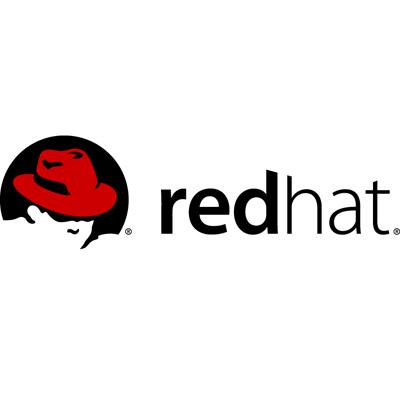
5. Red Hat Enterprise Virtualization 3.0
Red Hat shook up the virtualization technology arena in January when it launched Red Hat Enterprise Virtualization 3.0, the company's open-source alternative to products from VMware, Microsoft and other vendors in the highly competitive virtualization software market.
While earlier releases of RHEV date back to 2009, the 3.0 edition is a serious competitive alternative to other, commercial virtualization products. Based on the latest KVM hypervisor, RHEV 3.0 offered significant performance and scalability improvements, supported both Linux and Windows systems, and provided new management and security capabilities. (Earlier this month the RHEV 3.1 release added integration with Red Hat Storage.)
Red Hat has been expanding its presence in the channel in recent years and that was evident with RHEV 3.0. At the time of the release, the software was endorsed by Red Hat's growing ranks of ISV partners. Red Hat also built an online marketplace where ISV partners could offer their RHEV-based applications.
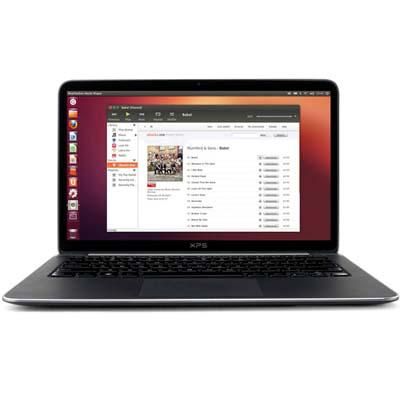
4. Ubuntu Server 12.10
October saw the release of Ubuntu Server 12.10, the latest version of Canonical's open source server software that now includes the "Folsom" release of OpenStack. What's Folsom, you ask? That's the sixth release of the OpenStack cloud infrastructure platform, and it provides multitenancy and user-controlled self-service cloud deployment, better customization features and the ability to boot directly from block storage devices.

3. Ubuntu Desktop 12.10
Also released in October was plain old Ubuntu 12.10, the client version of Canonical's free and open desktop software. Positioned as a Windows 8 alternative, Ubuntu offers a "setup that's faster than a PC and prettier than a Mac," according to the company's website. The new client delivers an enhanced Unity interface that integrates more tightly with the Web, for instance including digital assets (files, books, music, etc.) from Amazon, Google Play and Drive in clickable search results.
{C}

2. Microsoft Entity Framework
Microsoft continues sailing into open source waters with the release of its Entity Framework to the open source community. The EF is an object-relational mapping tool for .NET that simplifies object-oriented development by permitting object storage in relational databases to access an RDBMS from within application classes. In other words, it replaces hundreds of lines of complex, fragile code with point-and-click simplicity.

1. VLC Media Player
Who needs Microsoft's Media Center when there's VLC?
The VLC Media Player has been making its way onto every platform imaginable over the years, and its developers are working on a port to the Windows 8-style (Metro) interface. Already hugely popular, VLC is poised to see its fortunes rise further now that Microsoft no longer includes Media Center or DVD codecs in most versions of Windows 8.